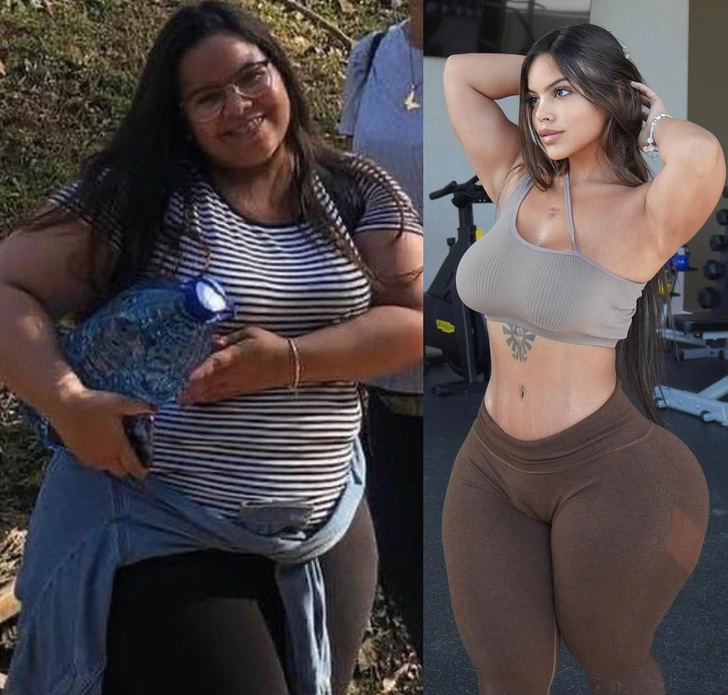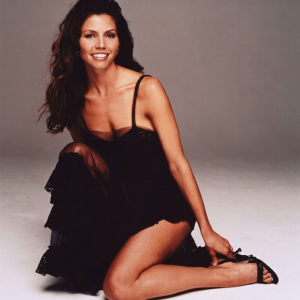Let’s be honest—airline seats have never been the pinnacle of comfort. But when Panamanian influencer Gracie Bon shared a raw video of herself struggling to buckle into a first-class seat, the internet didn’t just react—it exploded. Her clip was short, real, and hit a nerve we all recognize: air travel is cramped, and it doesn’t serve everybody equally.
What started as a simple personal post quickly spiraled into a global conversation about body diversity, airline design, and the fine line between self-love and public responsibility.
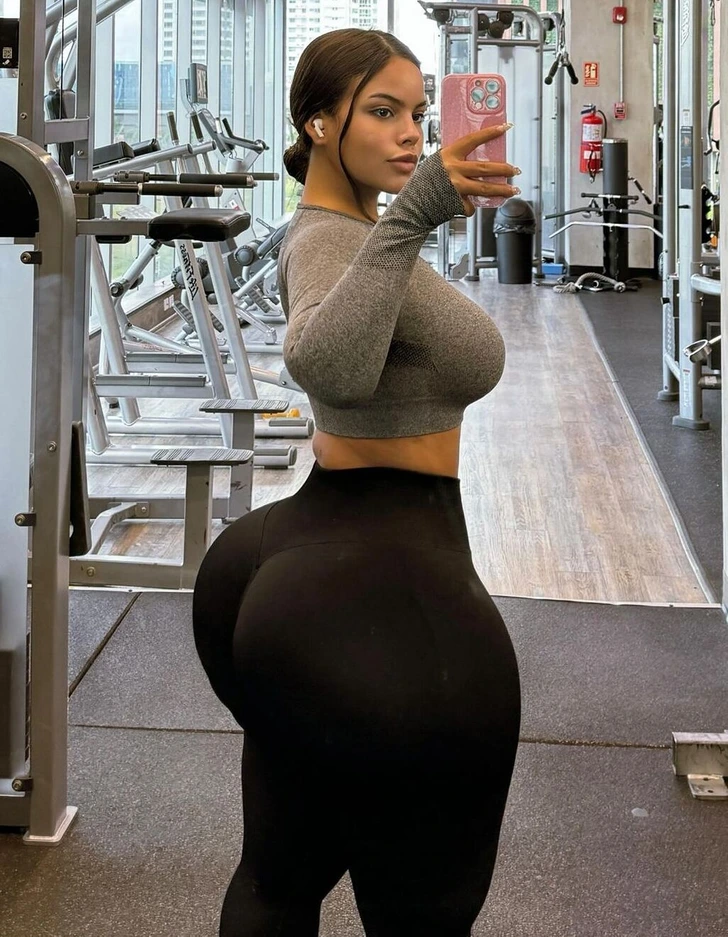
The Internet Reacts: Cheers, Jeers, and Everything in Between
Gracie’s video wasn’t staged. It wasn’t exaggerated. She sat down, explained her discomfort, and asked a bold question: Why are seats still being built for one type of body?
For a lot of people, it clicked. Not everyone struggling on flights is plus-size. Tall folks, broad-shouldered passengers, and even average-size travelers often feel squeezed into a space that feels like it was designed decades ago. One user commented, “I’m a size 10 and I still feel like I need a shoehorn to get into my seat.” Another added, “She’s not wrong. Comfort shouldn’t be a luxury.”
But not all reactions were kind. Critics accused Gracie of dodging personal responsibility. “If you don’t fit, buy two seats,” one person wrote. Others questioned her lifestyle, body type, and choices. And just like that, a conversation about corporate accountability turned into personal attacks.
Video: Gracie Bon plus size fashion model | bikini photos
Plastic Surgery Accusations and Her Candid Clapback
As with any viral moment, social media quickly shifted focus. Suddenly, the comments weren’t just about seatbelts—they were about Gracie’s body. People speculated whether her proportions were natural. “That can’t be real,” some said. “It’s obviously surgery.”
Gracie didn’t let the noise go unanswered. She responded with a post that was honest and bold. She shared side-by-side photos showing her transformation over time, revealing that she once weighed over 300 pounds. Through healthier habits and lifestyle changes, she lost more than 100 pounds.
Yes, she admitted to a tummy tuck to remove loose skin—but insisted her curves were natural. “My hips and thighs? That’s just me,” she said, silencing rumors with a mix of transparency and pride.
The Real Issue: Airline Comfort in a World of Diverse Bodies

This wasn’t just about Gracie. Her experience pulled back the curtain on something travelers have been quietly dealing with for years: airplane seat designs are outdated, uncomfortable, and out of touch with the real world.
Did you know that most airline seats used to be 18 inches wide? Now they average closer to 16. And legroom? Shrinking every year. It’s a recipe for discomfort, and not just for those in larger bodies.
Gracie’s message was simple: We shouldn’t be forced to shrink ourselves to fit into systems that exclude us. It’s not about special treatment—it’s about inclusion. And when you put it like that, it’s hard to argue.
Profit vs. People: The Tough Math of Air Travel
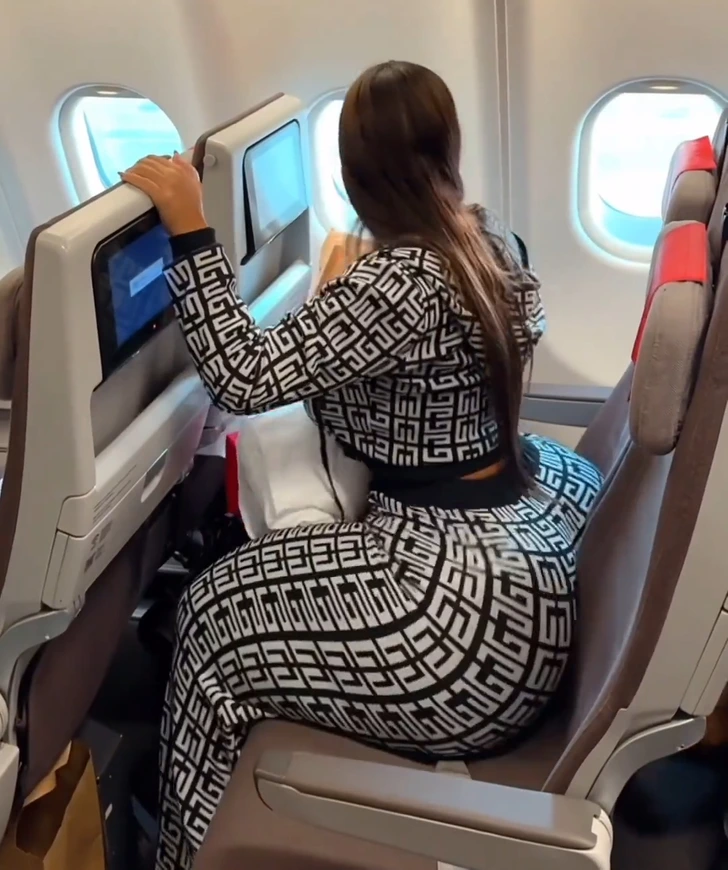
Of course, airlines have their side of the story. Wider seats mean fewer passengers per flight. Fewer passengers mean higher prices. And that’s not something most people are eager to sign up for.
But does that mean we should accept discomfort as the norm? Should we treat people’s bodies as the problem instead of the systems designed without them in mind?
That’s the heart of the debate: where do we draw the line between personal responsibility and industry evolution?
Body Positivity Isn’t a Free Pass—It’s a Push for Fairness
Video: This Natural Queen SWEARS she’s natural
Let’s clear something up. Body positivity isn’t about ignoring health. It’s about challenging outdated beauty standards and demanding fair treatment—regardless of size, shape, or background.
Gracie Bon wasn’t asking airlines to change the entire cabin for her. She was asking for acknowledgment. For fairness. For a seat that doesn’t feel like punishment.
Critics say movements like these excuse unhealthy habits. But that argument misses the point. It’s not about ignoring health—it’s about creating a world where everyone can live, travel, and exist without shame.
Why Her Story Resonated with Millions

So, why did this story go viral? Because it touched something deep and universal. Everyone’s felt uncomfortable in their body at some point—especially in tight spaces. Everyone’s been judged, squeezed, or made to feel like they don’t belong.
Gracie’s post was vulnerable. It wasn’t polished. It wasn’t defensive. She simply said, “This doesn’t work for me, and I know I’m not alone.” That’s why people listened.
And that’s why others lashed out—because challenging the norm always feels uncomfortable. Especially when it’s about bodies, space, and who deserves to feel at ease in public.
Conclusion: A Bigger Seat at the Table
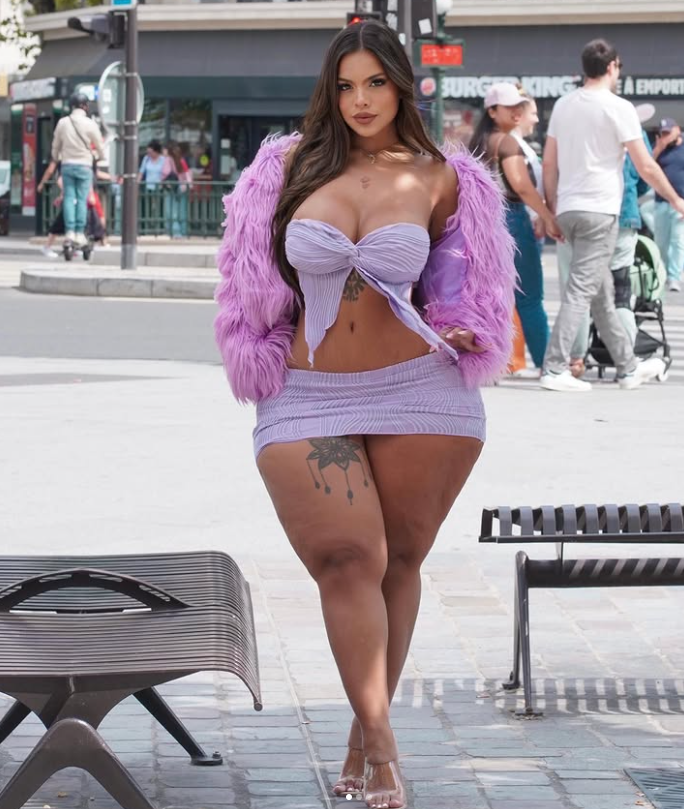
This wasn’t just about Gracie Bon or a seatbelt. It was about a system that wasn’t built for everyone—and what happens when someone dares to say that out loud.
Gracie reminded us that visibility matters. That fairness isn’t one-size-fits-all. And that creating a more inclusive world means listening, even when it’s uncomfortable.
So next time you board a plane and feel squeezed, cramped, or unwelcome, remember: comfort shouldn’t be a luxury. It should be standard. And no one should have to shrink to feel like they belong.
